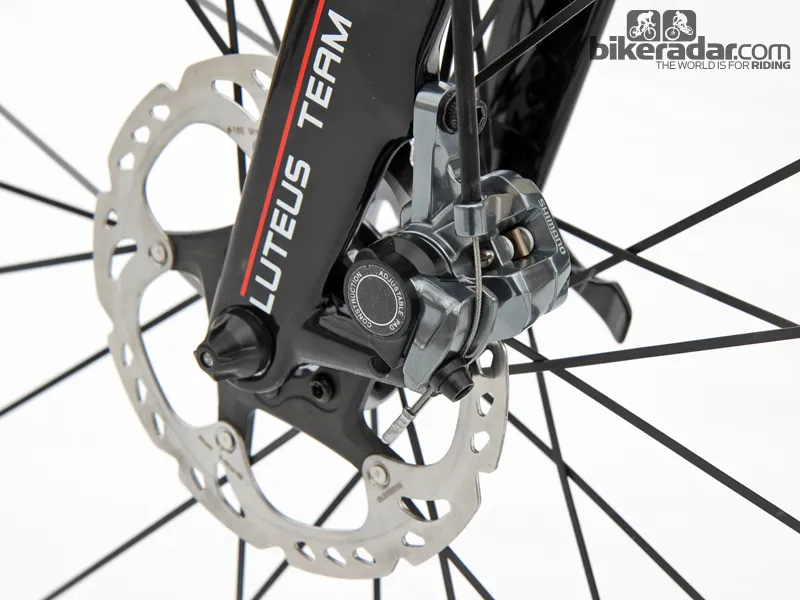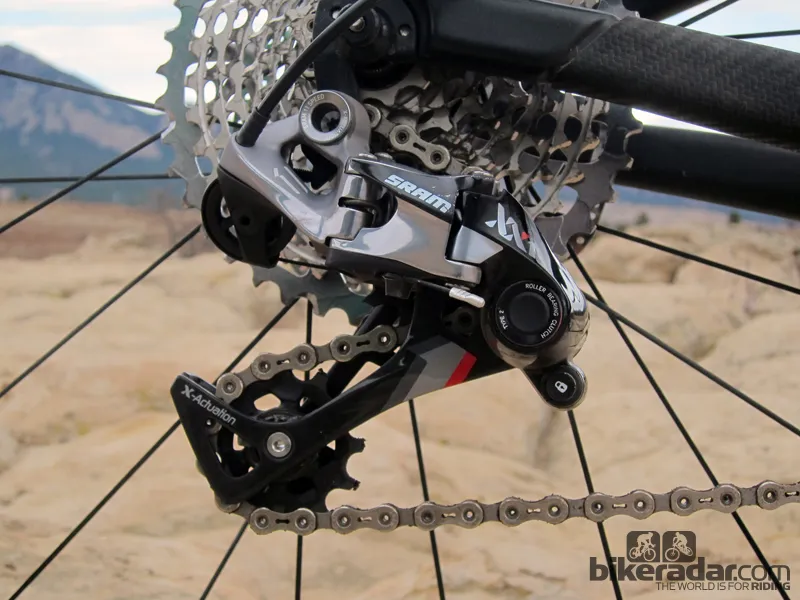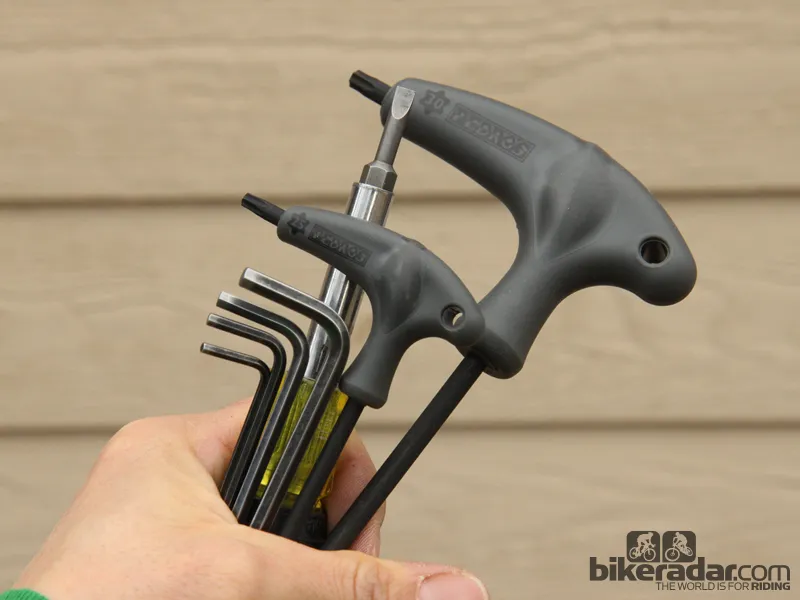"Simplicity is the keynote of all true elegance." — Designer Coco Chanel
I love and appreciate good tools in the same way some might covet a prized bike, a favorite piece of cycling clothing, or a feathery carbon fiber widget. My favorites run the gamut, too, from ones that do but one highly specialized job to those that seemingly do everything like my beloved Knipex bolt cutters – made in West Germany – that readily rip through derailleur housing, brake cables, spokes, and even chains but yet can still deftly slice through single sheets of paper after more than two decades of near-daily service without sharpening.
Nevertheless, I don't like having to use more tools than seems necessary for a particular job. It seems the industry has strayed towards needless complexity here.
One of the less wildly heralded features SRAM touted during the launch of its then-revolutionary XX mountain bike group was that virtually every bolt used the same T25 Torx head to turn. Whereas installing a complete drivetrain once practically required a box of tools, now you needed just a tiny handful. For a while, I even saw SRAM-sponsored teams swapping other hardware on riders' bikes with T25 bolts whenever possible and mechanics suddenly had a much easier time meeting airline baggage weight restrictions.
Sadly, that strong initial effort toward hardware parity eventually fizzled and even SRAM looks to have abandoned the worthy cause on its latest introductions. Much to my chagrin, things are back to the way they were.

One of the features SRAM touted on its XX group was that nearly every bolt used the same T25 Torx wrench
Shimano's BR-CX77 mechanical disc brake caliper, for example, requires a 5mm Allen key for the mounting bolts and cable anchor, a 3mm one for the inboard pad adjustment, a 2.5mm for the outboard one, a T25 for the rotor bolts, and a flathead screwdriver for the pad fixing pin – a total of five different tools just for one small part.

How many tools should be needed to work on a part? Too many in this case
Campagnolo's Record group, on the other hand, is a mix of Allen and Torx heads: T25 for the brake pads and rear derailleur mounting bolt, 5mm for the Ergopower clamp and cable anchor bolts, a Phillips-head screwdriver for the derailleur limits, and so on.
SRAM's current XX1 drivetrain still makes wide use of T25 Torx head but more inconsistently than before. T25 is used on the rear derailleur mounting bolt and cable anchor but you'll need a 3mm Allen wrench to adjust the chain gap or limit screws. That same T25 head applies to the shifter mount but only when paired with an Avid brake lever. Otherwise, you'll need a 4mm Allen wrench instead.

SRAM's XX1 group still uses T25 hardware but not in the same universal way as XX did
And while I'm at it, why do bike companies make some of those bolts so hard to access?
I'm not saying that every bolt can and should require the same tool. Much as it'd be nice, I know it sometimes isn't realistic given the disparate roles all of this hardware plays plus their differing materials and the varying torques required. Even so, it sure seems to me that there could still be more cohesiveness in a product's serviceability design, along with a little more attention paid to the people who will eventually have to work on this stuff.
I love good tools, and I always will. What I like even more, though, is elegant design that doesn't ignore the realities of real-world use. Let's make things easier to live with, not harder. Is that too much to ask?
